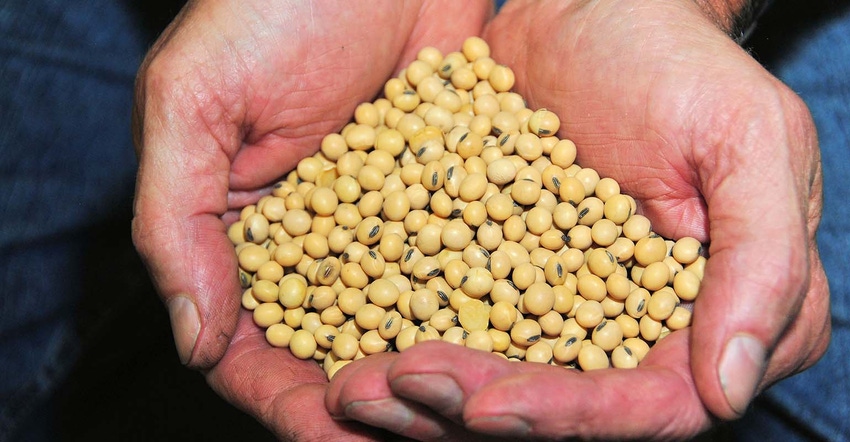November 28, 2018

With commodity prices where they are, I’m thinking about growing specialty crops under contract to make a little extra money. I’d like to grow something that’s simple and works with our corn and soybean enterprises. Is it easy to find a contract? — J.L., Kentucky
Specialty crops helped us survive the 1980s, as we grew five types of corn and five different vegetables. The best money was in seed corn and tomatoes, but double-crop vegetables behind high-yield wheat also paid a lot of bills. Popcorn and white waxy corn had strong prices, but yields were not competitive.
We started into pigs in the early 1990s, so we cut back to high-starch, hard-endo and waxy corns. The pig numbers grew, and the specialty premiums were largely consumed by yield drag, so we shifted to a high-fertility, continuous-corn crop plan. Our knowledge base for current specialty crop production comes from our Iowa tenants and central Illinois terminal markets.
Our Iowa tenants would recommend a seed corn or seed bean contract, because the extra income of $50 to $100 per acre is worth the hassle. To quote one seed corn producer: “Every year I swear will be our last for seed corn due to the field traffic, weeds and isolation hassles, and then the check shows up and we decide to go one more year — for the last 30 years.”
Seed bean profitability means getting a variety that is competitive with the new ultra-high-yielding dicamba-tolerant varieties. Specialty crop hassles include vacuuming the combine, grain cart, trucks and bins to pass inspection, along with the risk your seed might be rejected, and your premium is lost.
Non-GMO corn and beans are the two largest specialty markets in west-central Illinois. While the market for non-GMO corn offers a 20- to 25-cent premium per bushel, demand is limited and is far exceeded by supply. Why? The yield drag vs. GMO corn is negligible.
In contrast, the non-GMO bean demand is seemingly insatiable, offering a premium of $1.50 to $2 per bushel. As for yield drag, the consensus is 4 to 5 bushels per acre. A yield hit might be your neighbors’ dicamba spray drift, so an overkill of communication is justified.
In Illinois and Iowa, our tenants have grown sweet corn, popcorn, peas, high-endo corn, waxy corn, white corn, cover crop seeds, bee pollinator seeds, organic produce, high-oleic beans and hay for horses. Keep life simple, start with an identity-preserved corn or bean.
Jerry and Jason Moss operate Moss Family Farms Inc. [email protected]
About the Author(s)
You May Also Like




